DATA SOURCE(S): 1,5,14,36
Common Name(s): Utile, sipo, sipo mahogany
Scientific Name: Entandrophragma utile
Distribution: West and Central Africa
Tree Size: 150-200 ft (45-60 m) tall,
3-5 ft (1-1.5 m) trunk diameter
Average Dried Weight: 40 lbs/ft3 (635 kg/m3)
Specific Gravity (Basic, 12% MC): 0.53, 0.63
Janka Hardness: 1,180 lbf (5,260 N)
Modulus of Rupture: 15,060 lbf/in2 (103.8 MPa)
Elastic Modulus: 1,689,000 lbf/in2 (11.65 GPa)
Crushing Strength: 8,280 lbf/in2 (57.1 MPa)
Shrinkage: Radial: 4.9%, Tangential: 6.9%,
Volumetric: 11.8%, T/R Ratio: 1.4
Color/Appearance: Heartwood is golden to reddish brown. Fairly well defined sapwood is a contrasting pale brown. Utile generally lacks the various grain figuring (quilted, wavy, etc.) that are more common in sapele.
Grain/Texture: Grain is slightly interlocked, producing an irregularly striped ribbon figure on quartersawn surfaces. Medium to fine uniform texture with moderate natural luster.
Rot Resistance: Rated as moderately durable to durable, with moderate resistance to insects and borers.
Workability: Generally easy to work with both hand and machine tools, though tearout can occur on areas of quartersawn grain during surfacing operations if the grain is interlocked. Turns, glues, and finishes well.
Odor: Utile has a faint, cedar-like scent while being worked.
Allergies/Toxicity: Although severe reactions are quite uncommon, utile has been reported to cause skin irritation. See the articles Wood Allergies and Toxicity and Wood Dust Safety for more information.
Pricing/Availability: More commonly available in Europe than North America, solid wood and veneer sheets are sometimes available. Prices for utile should be in the mid range for an imported hardwood.
Sustainability: This wood species is not listed in the CITES Appendices, but is on the IUCN Red List. It is listed as vulnerable due to a population reduction of over 20% in the past three generations, caused by a decline in its natural range, and exploitation.
Common Uses: Furniture, millwork, cabinetry, veneer, boatbuilding, flooring, carvings, and turned objects.
Comments: Sometimes called sipo mahogany (or simply ‘sipo’), utile is in the broader Meliaceae (mahogany) family, so its comparisons to true mahoganies are not without foundation. See the article Mahogany Mixups for more information.
The Latin specific epithet utile simply means ‘useful’ and is also used to describe other unrelated species, such as sande (Brosimum utile).
Images: Drag the slider up/down to toggle between raw and finished wood.
Identification: See the article on Hardwood Anatomy for definitions of endgrain features.
Porosity: diffuse porous; growth ring boundaries sometimes distinct
Arrangement: solitary and radial multiples, sometimes occurring predominantly as radial multiples of two to three
Vessels: large to very large, few to very few; reddish brown deposits occasionally present
Parenchyma: diffuse-in-aggregates and banded (both regular bands and seemingly marginal bands); some samples can also contain vasicentric, winged, and confluent parenchyma to varying degrees
Rays: narrow to medium width, normal spacing; rays are generally not visible without magnification
Lookalikes/Substitutes: There are a number of other commercial woods in the Meliaceae (mahogany) family that can bear a close resemblance to utile. Most mahogany-like woods are scentless and can be separated from utile on the basis of odor. However, bosse (Leplaea cedrata) is a closely related African hardwood that can have similar appearance and scent. Separation can be difficult, but bosse generally is lighter in color, and has more extensive and consistent parenchyma bands—with the bands in utile being more sporadic.
Notes: Sapele (E. cylindricum) is a closely related hardwood that can be nearly impossible to separate from utile on the basis of macroscopic anatomy—especially if the sample in question lacks any of unique grain figuring almost exclusively found in sapele, such as quilt, blister, etc. Both woods have a cedar-like odor (though utile’s odor can be fainter), broken/wavy parenchyma bands, as well ethanol extracts that will fluorescence yellow under blacklight.[1]Richter, H.G., and Dallwitz, M.J. 2000 onwards. Commercial timbers: descriptions, illustrations, identification, and information retrieval. In English, French, German, Portuguese, and Spanish. … Continue reading
Related Content:
References[+]
| ↑1 | Richter, H.G., and Dallwitz, M.J. 2000 onwards. Commercial timbers: descriptions, illustrations, identification, and information retrieval. In English, French, German, Portuguese, and Spanish. Version: 9th April 2019. delta-intkey.com |
|---|

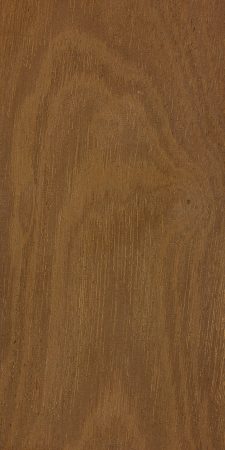
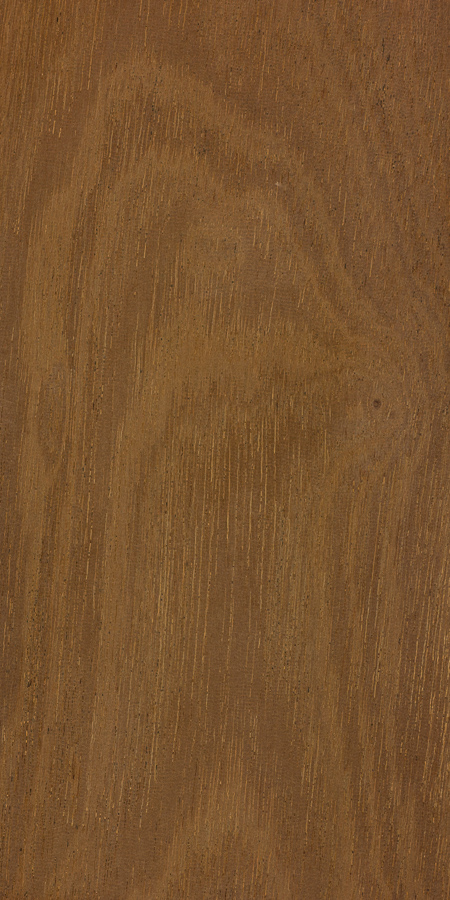
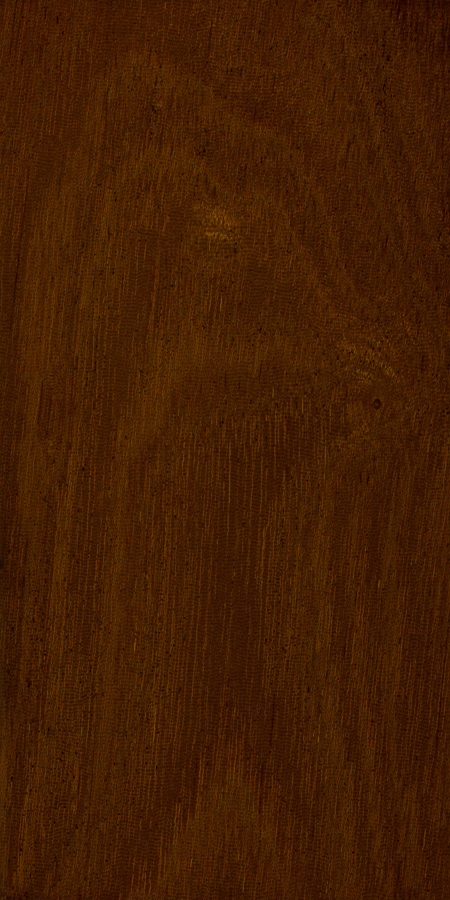
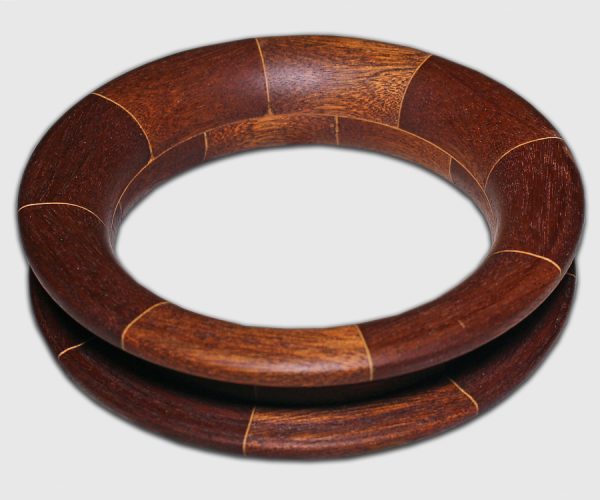
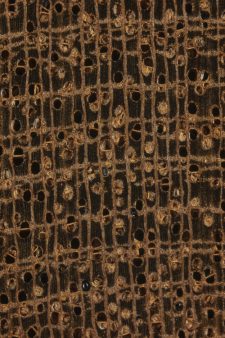

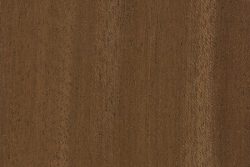
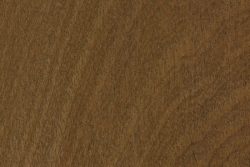
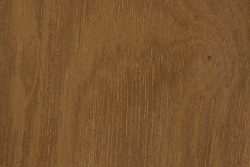


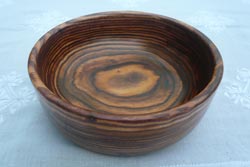




does anyone know where to find or what are the numbers for Utile Sipo mahogany for Modulus of Elasticity, Allowable bending stress and internal sheer force? Any help would be appreciated
I picked up a quartersawn board out of curiosity and it is beautiful. The rays are small and tight, but glowing, and the color is almost like copper metal. The images on this page mostly don’t do it justice, but perhaps they are older pieces that have reacted with air and light. The turned piece is much more like the Utile I purchased. The plain sawn surface is nice but not as striking as the quartersawn. A lamination of alternating plain and quartered might be very interesting.
Hello,
Can you tell me where i find the % of wood exsudate for Sipo.
Thanks.
Aníbal Araújo